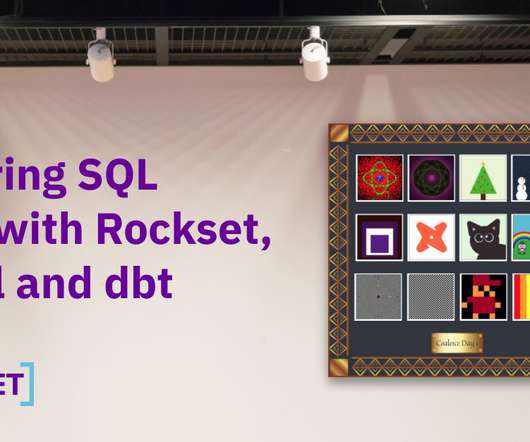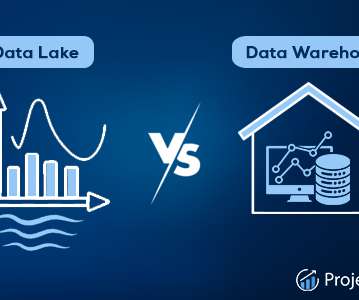Top 10 Hadoop Tools to Learn in Big Data Career 2024
Knowledge Hut
DECEMBER 21, 2023
NoSQL This database management system has been designed in a way that it can store and handle huge amounts of semi-structured or unstructured data. NoSQL databases can handle node failures. Different databases have different patterns of data storage. Pros: Avro stores data in a compact and efficient manner.




























Let's personalize your content